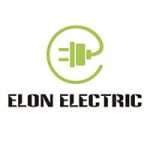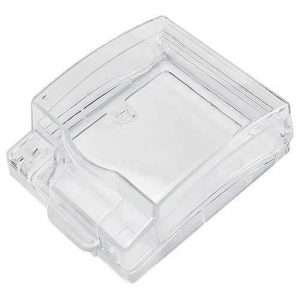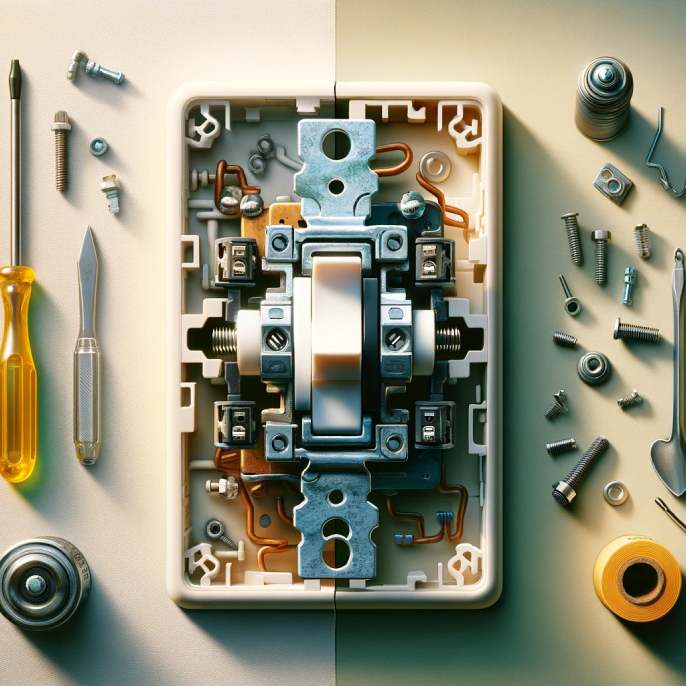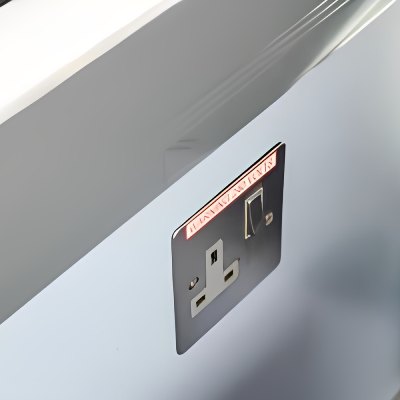Bathrooms are essential spaces in our homes, serving as a sanctuary for relaxation and rejuvenation. Whether you’re preparing for a busy day ahead or winding down after a long one, bathrooms play a pivotal role in our daily routines. They are also spaces where various electrical appliances come into play, such as shavers, hairdryers, and electric toothbrush chargers. With the increasing reliance on these gadgets, it’s only natural to wonder whether it’s safe and compliant with electrical safety regulations to have power sockets in your bathroom. In this comprehensive guide, we will delve deep into the guidelines and considerations regarding the installation of power sockets in bathrooms.
Understanding Electrical Zones
To determine the permissibility of electrical sockets in a bathroom, it’s crucial to gain a thorough understanding of electrical zones. These zones are not just arbitrary divisions; they are meticulously defined to ensure electrical safety in potentially wet and hazardous environments like bathrooms. By familiarizing yourself with these zones, you can make informed decisions about the placement of power sockets and other electrical appliances.

Zone 0: Inside the bathtub or shower basin lies Zone 0. In this zone, no electrical installations are permitted, and for good reason. Water and electricity are a treacherous combination, posing an exceptionally high risk of electric shock. Therefore, it’s an unequivocal safety measure that sockets should never be installed here.
Zone 1: Above Zone 0, stretching up to a height of 2.25 meters from the floor, you’ll find Zone 1. This zone permits only low-voltage electrical equipment, with a maximum voltage of 12V. This limitation is in place to minimize the risk of electric shock in areas where moisture is present. Within Zone 1, you can consider installing low-voltage lighting, shaver sockets, or electric toothbrush chargers. These devices, designed for safe operation at low voltages, offer convenience without compromising safety. But for safety consideration, we recommend covering them with waterproof socket covers. You can view the product in our website.
Zone 2: Extending 0.6 meters horizontally from the boundaries of Zone 1 and continuing up to 2.25 meters vertically, you’ll encounter Zone 2. In Zone 2, you have more flexibility when it comes to electrical equipment. Here, you can install standard 230V electrical sockets, which are commonly used for various appliances and devices. However, there’s a crucial stipulation – these electric plug sockets must have a minimum IP rating of IPX4. This IP rating ensures that the sockets are adequately protected against splashing water, which is a common occurrence in bathrooms. So, while you can enjoy the convenience of standard power sockets in Zone 2, it’s essential to ensure they meet the required safety standards. Proper installation by a qualified electrician is paramount. Or using waterproof socket covers to meet the IP rating requirements. Check the products listed on the website. 图片
Outside Zones: Areas outside of Zones 0, 1, and 2 are considered safe for standard electrical positioning, and you have more freedom in choosing the types of power sockets and electrical appliances you wish to use.
However, even in these relatively safe areas, it’s prudent to exercise caution, especially when positioning power sockets near water sources or in close proximity to the bathtub or shower.
The Importance of Professional Installation
When contemplating the installation of power sockets in your bathroom, safety should be your top priority. Electrical safety regulations exist for a reason, and they are designed to protect you and your loved ones from potentially life-threatening electrical accidents. As such, hiring a qualified electrician is not just a recommendation; it’s a necessity. Here are a few reasons why professional installation is paramount:
- Expertise: Qualified electricians are trained and experienced in handling electrical installations safely and in compliance with regulations. They understand the nuances of bathroom electrical work and can make informed decisions to ensure your safety.
- Compliance: Professionals are well-versed in local electrical codes and regulations. They can ensure that your installations meet these standards, reducing the risk of non-compliance-related issues down the line.
- Risk Mitigation: Electricians can identify potential hazards and take appropriate measures to mitigate them. This includes ensuring proper grounding, using waterproof components, and employing safe wiring practices.
- Peace of Mind: By hiring a professional electrician, you can rest assured that your bathroom electrical work are not only safe but also built to last. You won’t have to worry about electrical issues or safety concerns in the future.
In conclusion, while it’s generally possible to have wall sockets in your bathroom, it’s essential to follow electrical regulations and safety guidelines meticulously. Understanding the designated electrical zones and their restrictions is key to making informed decisions about the placement of power sockets in this vital space. Always consult with a professional electrician to ensure your bathroom electrical installations are both safe and compliant.
By prioritizing safety and seeking professional guidance, you can enjoy the convenience of power sockets in your bathroom without compromising your well-being. Remember, well-placed and safely installed power outlets can enhance the functionality of your bathroom, making it an even more comfortable and efficient part of your home






